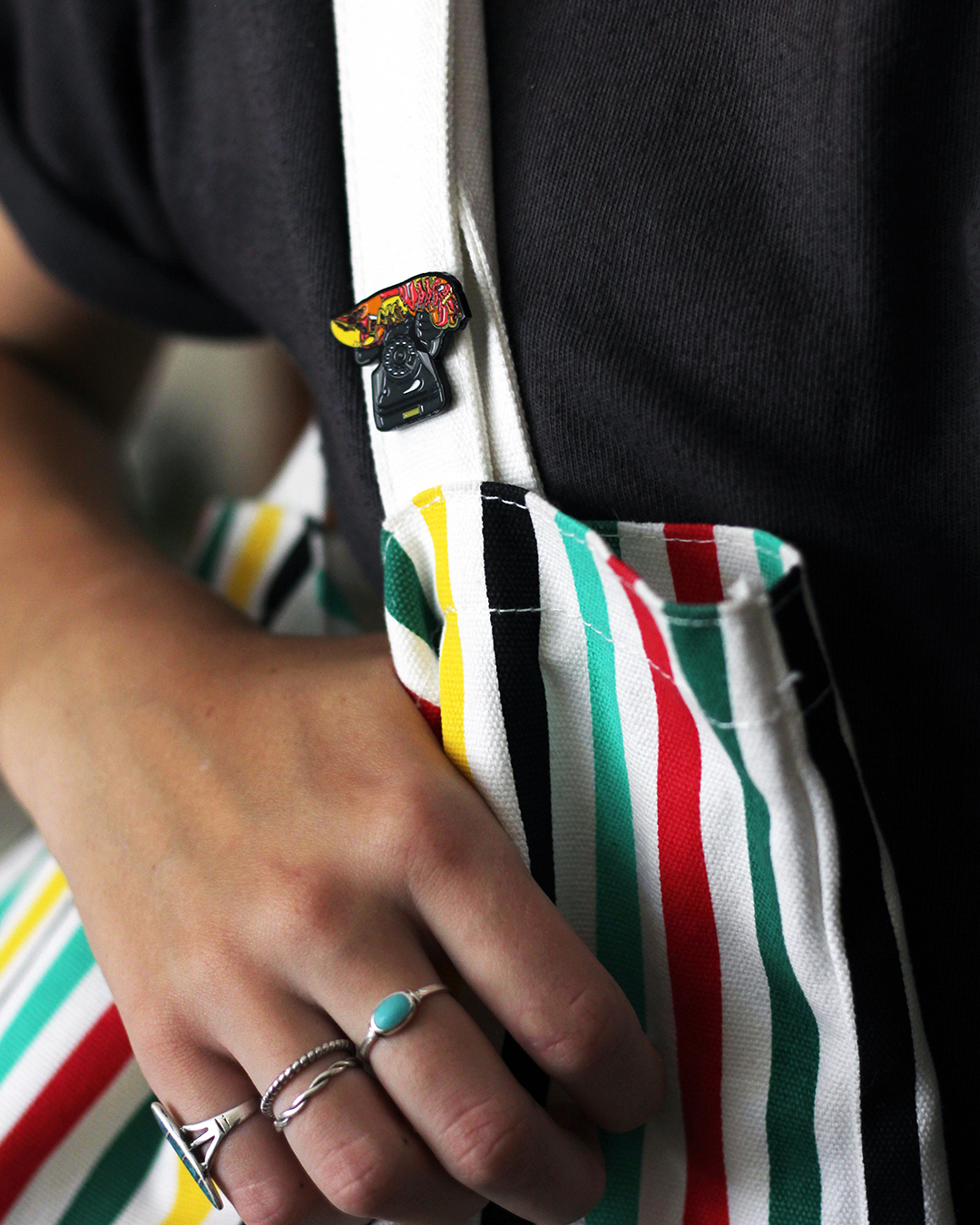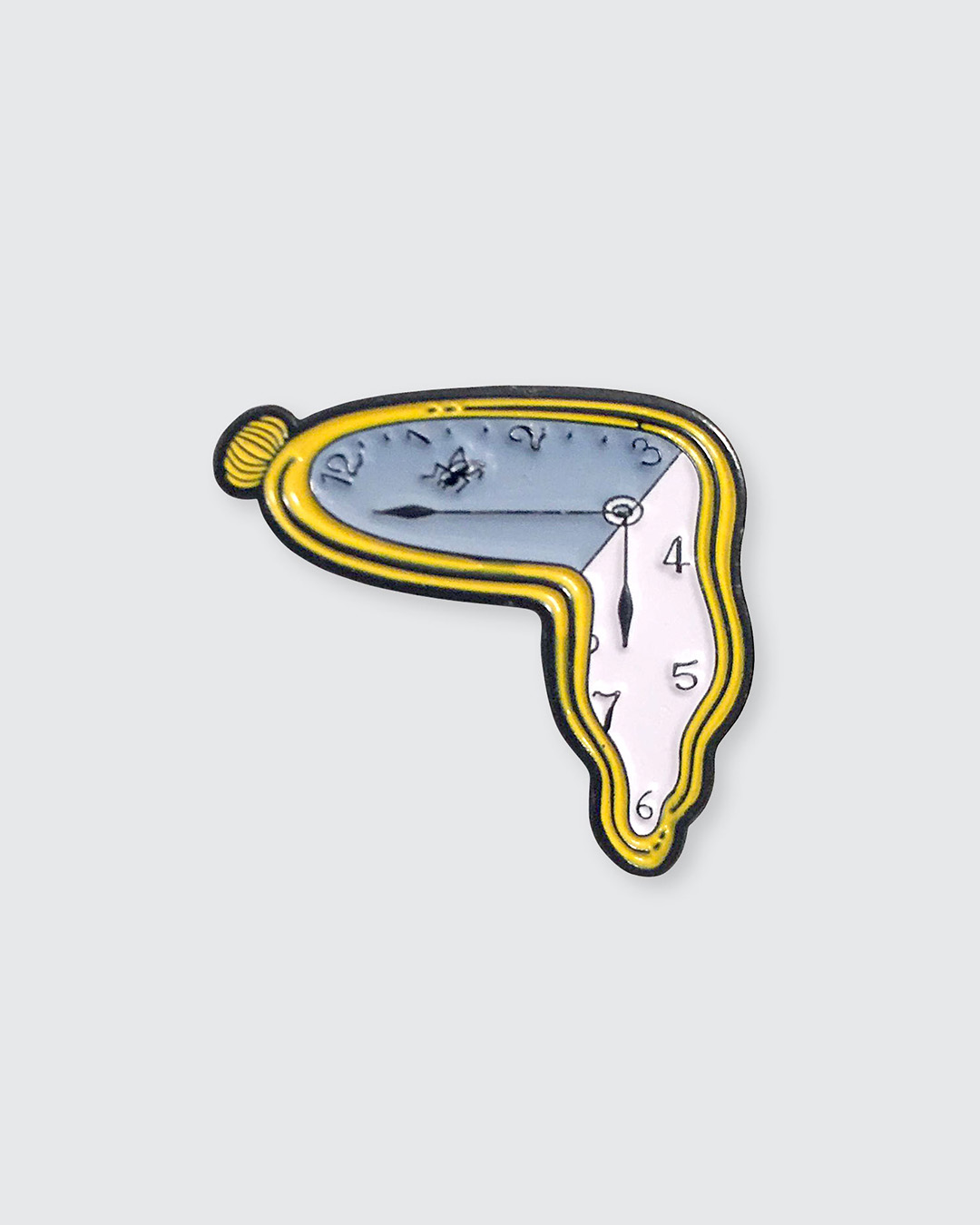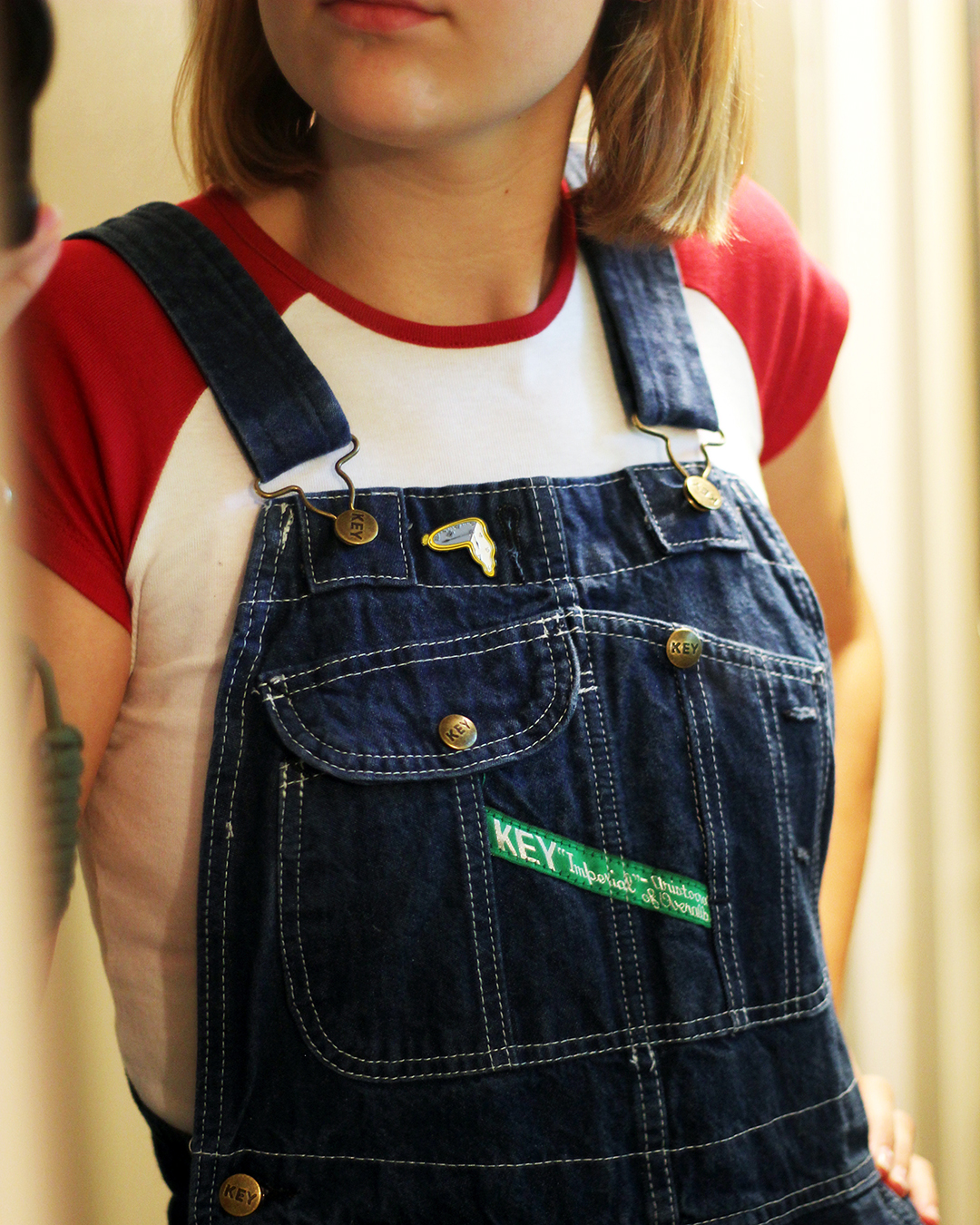- Archive
- Lobster Telephone • Pin
Lobster Telephone • Pin




Lobster Telephone • Pin
1.5" x 1"
Soft Enamel Pin
Single Posted
Rubber Clasp
Inspired by "Lobster Telephone" by Salvador Dalí
© 2017 Fundació Gala-Salvador Dalí / ARS
Upgrade to Deluxe Locking Pin Clutches HERE.
1.5" x 1"
Soft Enamel Pin
Single Posted
Rubber Clasp
Inspired by "Lobster Telephone" by Salvador Dalí
© 2017 Fundació Gala-Salvador Dalí / ARS
Upgrade to Deluxe Locking Pin Clutches HERE.
"Lobster Telephone" (also known as "Aphrodisiac Telephone") is a surrealist object, created by Salvador Dalí in 1936 for the English poet Edward James (1907–1984), a leading collector of surrealist art. In his book The Secret Life, Dalí wrote teasingly of his demand to know why, when he asked for a grilled lobster in a restaurant, he was never presented with a boiled telephone.
This is a classic example of a Surrealist object, made from the conjunction of items not normally associated with each other, resulting in something both playful and menacing. Dalí believed that such objects could reveal the secret desires of the unconscious. Lobsters and telephones had strong sexual connotations for Dalí. The telephone appears in certain paintings of the late 1930s such as "Mountain Lake" (Tate), and the lobster appears in drawings and designs, usually associated with erotic pleasure and pain. For the 1939 New York World's Fair, Dalí created a multi-media experience entitled "Dream of Venus," which consisted in part of dressing live nude models in "costumes" made of fresh seafood, an event photographed by Horst P. Horst and George Platt Lynes. A lobster was used by the artist to cover the female sexual organs of his models. Dalí often drew a close analogy between food and sex. In Lobster Telephone, the crustacean's tail, where its sexual parts are located, is placed directly over the mouthpiece.
Learn more about the work that inspired this pin HERE.




